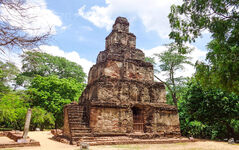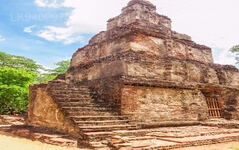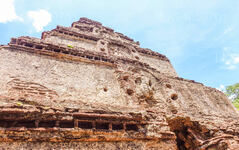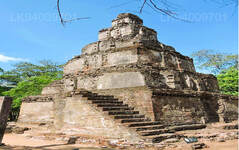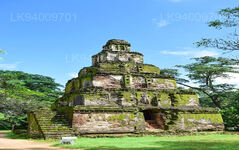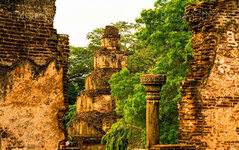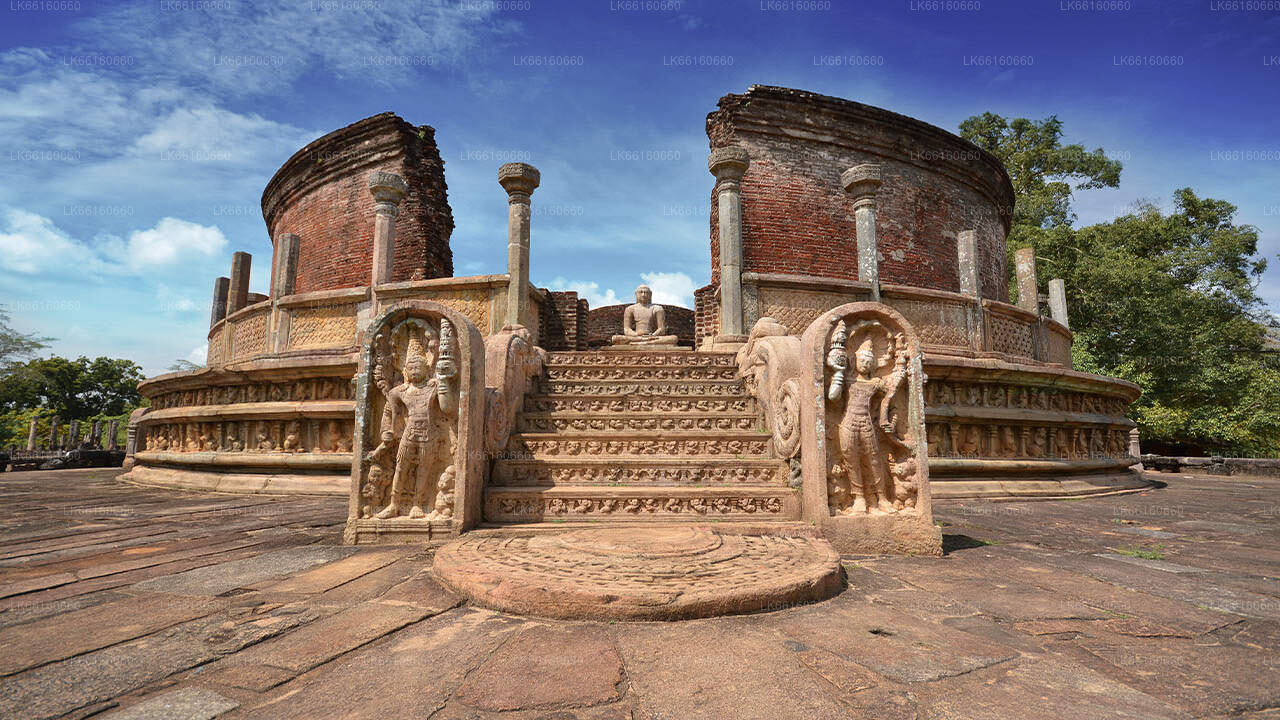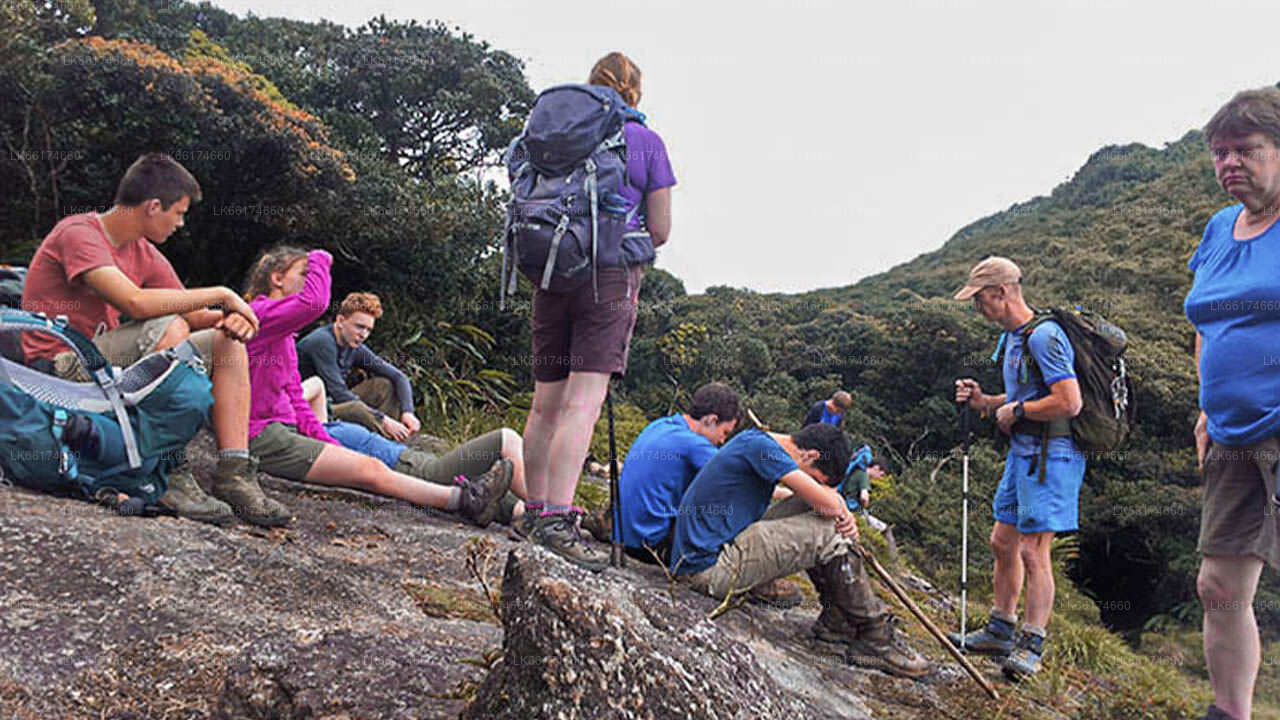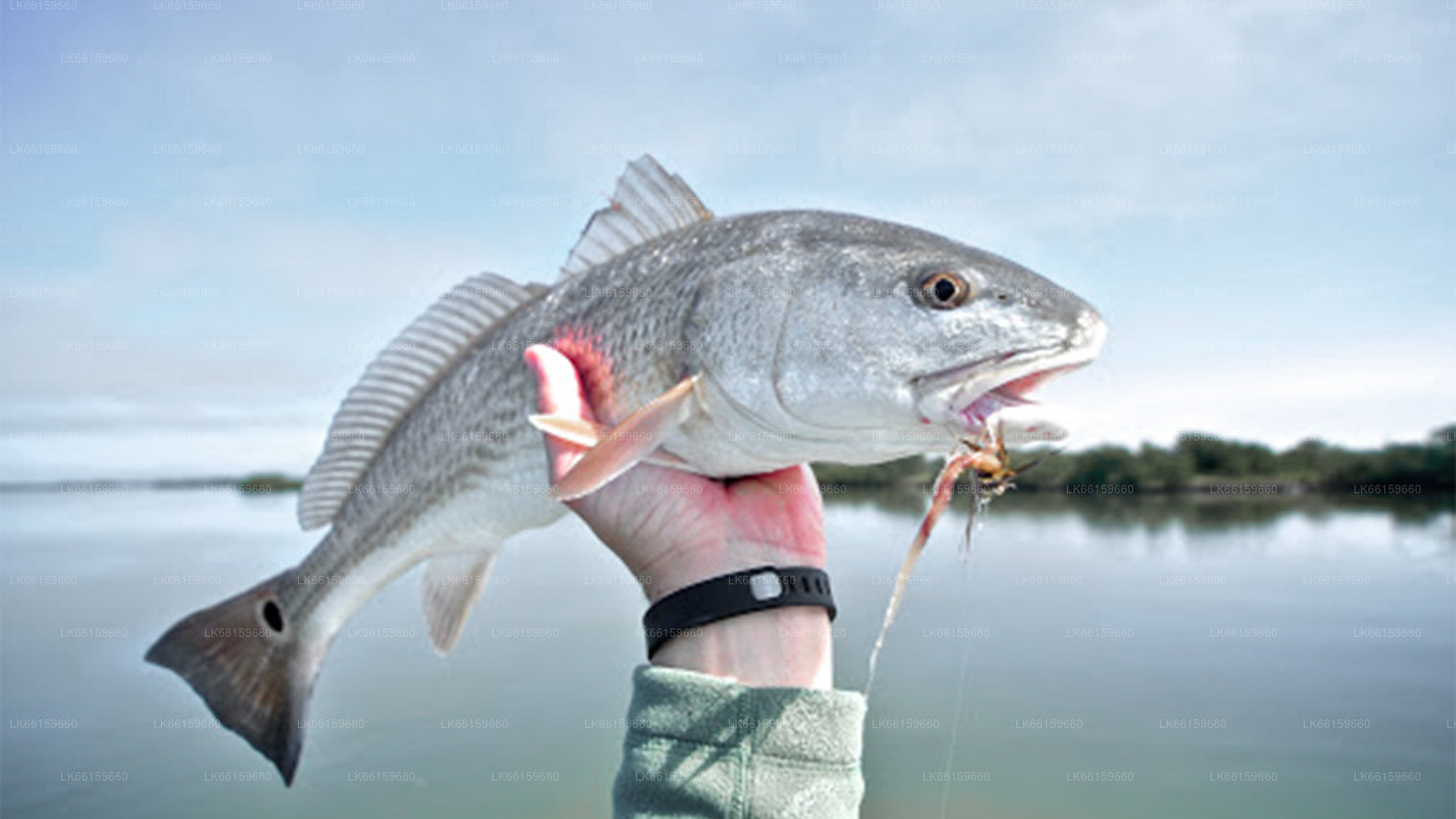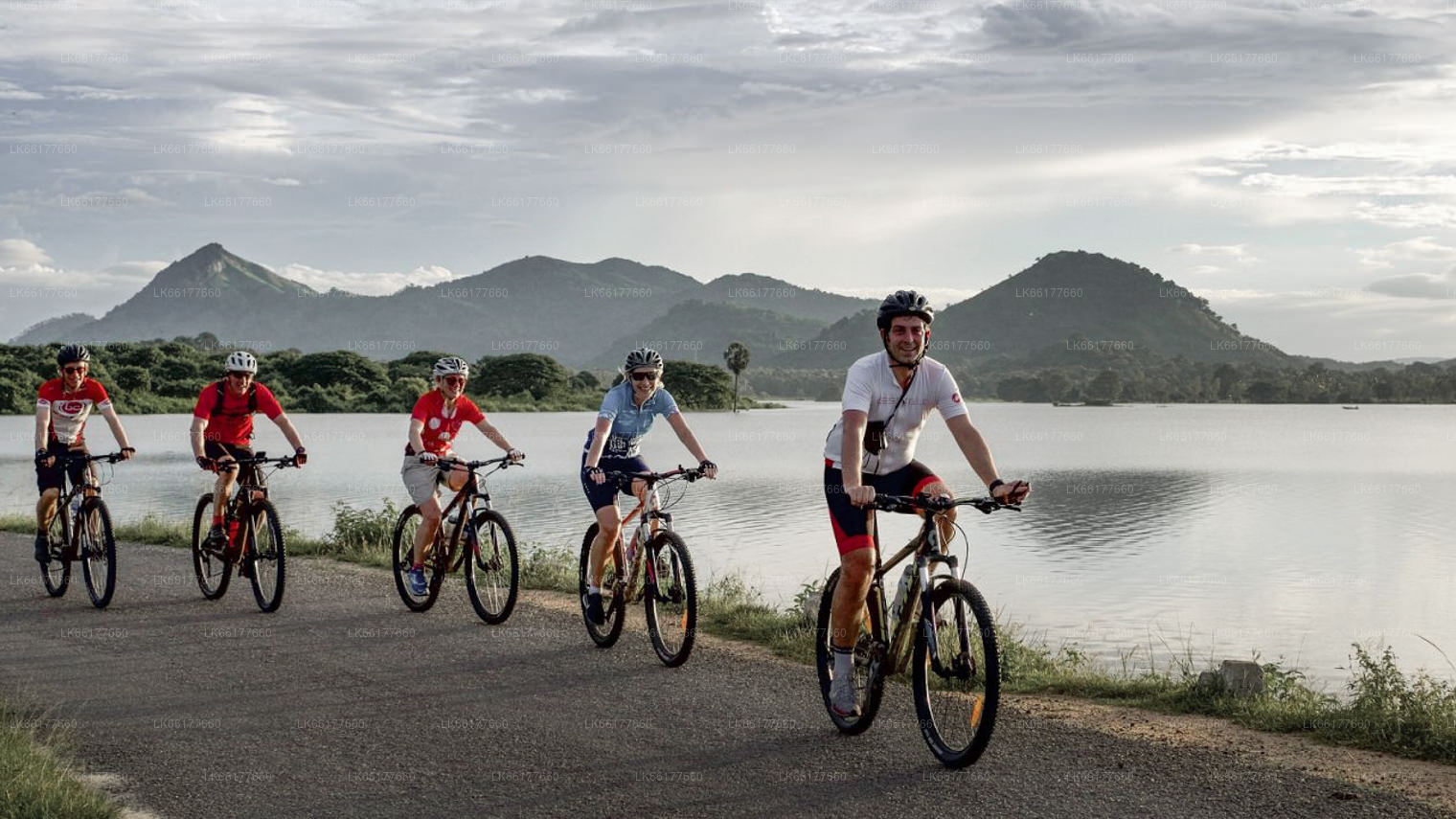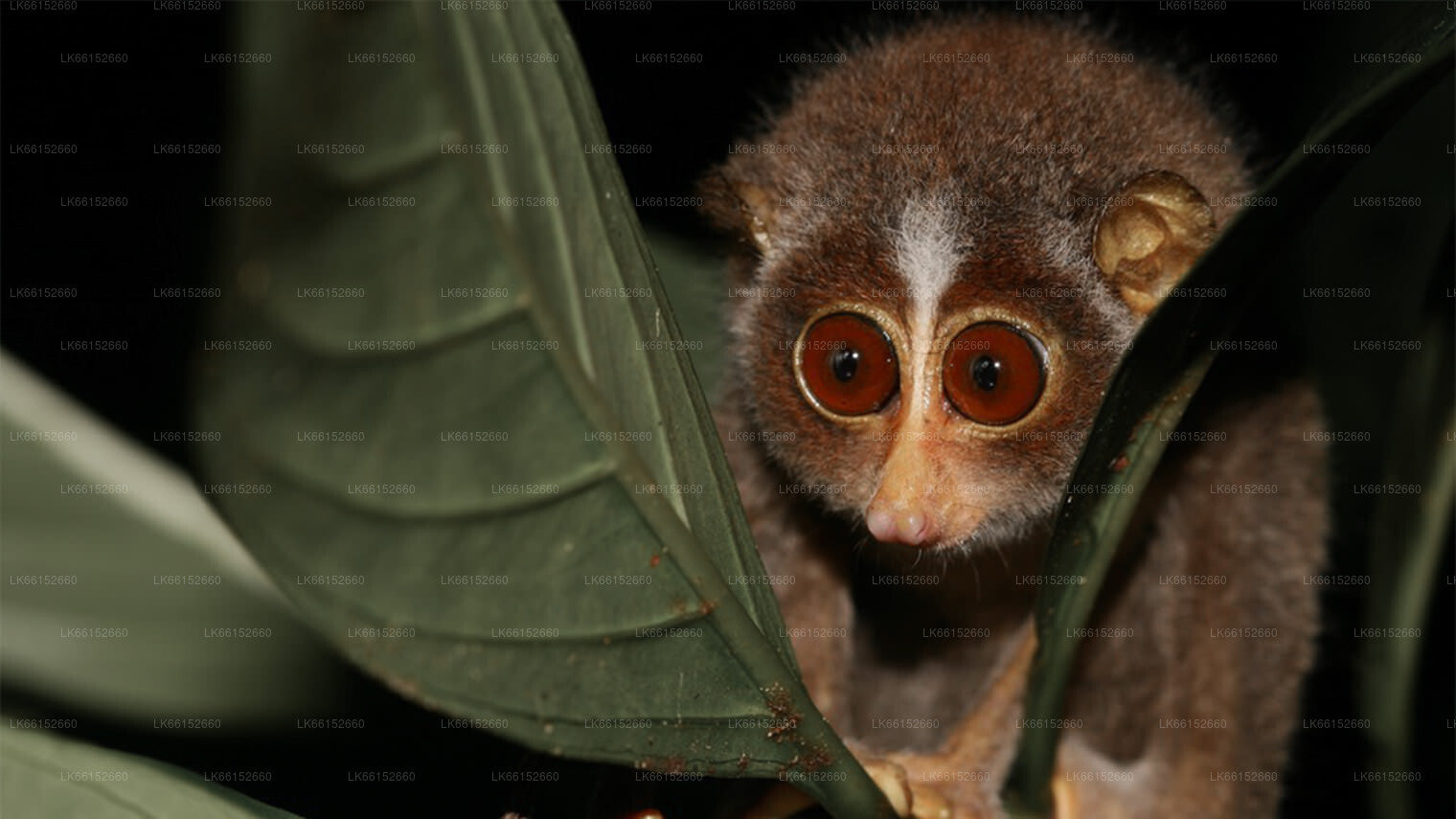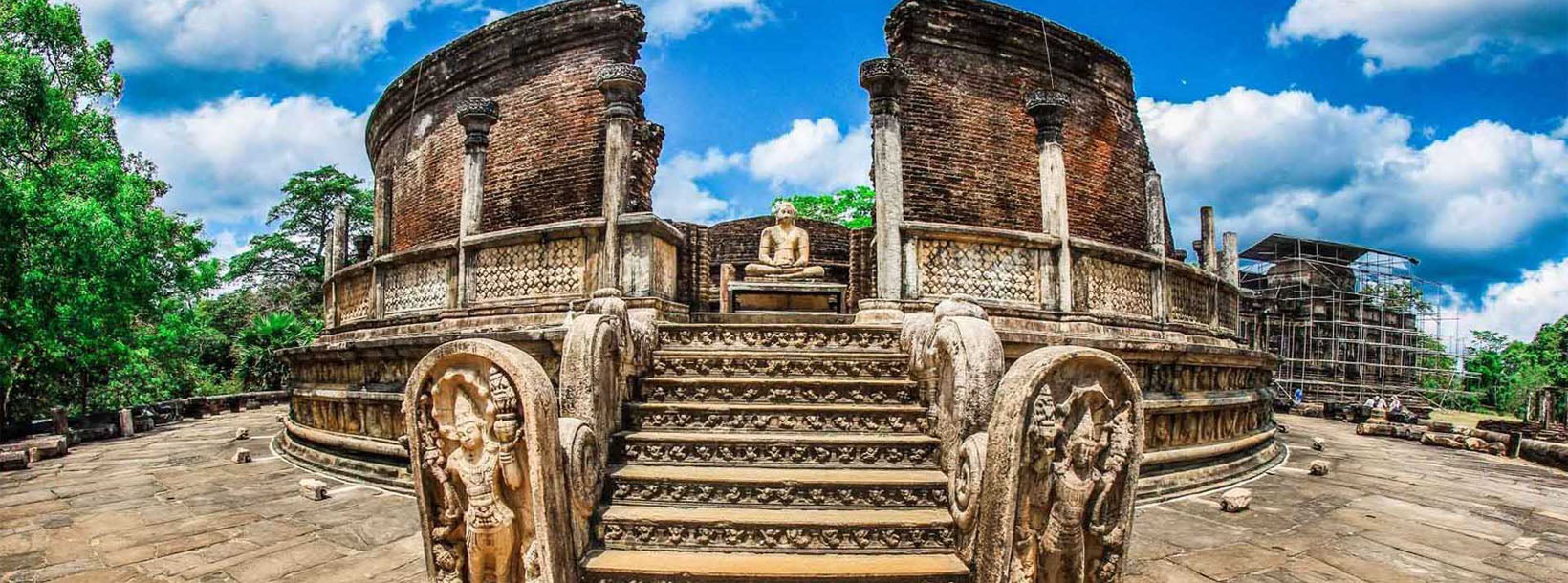
Město Polonnaruwa
Polonnaruwa, město na Srí Lance, zapsané na seznamu světového dědictví UNESCO, bylo středověkým hlavním městem země (11.–13. století). Je proslulé svými dobře zachovalými ruinami, včetně ikonických soch Gal Vihara, a pyšní se působivou architekturou, která odráží vznešenost starověké sinhálské civilizace.
Sathmahal Prasada
Sathmahal Prasada in Sri Lanka: The Stepped Pyramid of Polonnaruwa
Sathmahal Prasada in Sri Lanka is a seven storied stepped pyramid located in an elevated area amongst the ancient city Polonnaruwa. The structure has entrances on all four sides and an additional staircase to reach the upper levels. It is believed to be built during the Polonnaruwa era, somewhere between the 11th and 13th century AD. However, no record exists of this pyramid, its builder or purpose.
The Seven Storied Palace is believed to be a stupa by some, due to its proximity to notable Buddhist ruins such as stupas, monasteries and etc. However the architecture is completely different and does not resemble any other ancient architecture in Sri Lanka. It is the only stepped pyramid in Sri Lanka and one of only four other ancient buildings with square bases, the others all being damaged stupas or monastic ruins in Anuradhapura. It is interesting to note that none of the other three buildings show signs of having been pyramids and all seem to have been squat in structure.
Sathmahal Prasada in Sri Lanka: Resemblance to Architectures beyond the Seas
Though it does not have comparative architecture in Sri Lanka itself, Sathmahal Prasada has similarities to the architecture of some cultures beyond the oceans.
• Stepped Pyramids are structures that use flat platforms or ‘steps’ in a receding order from ground up, to form a shape similar to a geometric pyramid. They are usually large and are built using several layers of stone.
• There are stepped pyramids found throughout history in many cultures and locations around the world.
• Interestingly enough, there were no firmly established connections between the different cultures.
• Sathmahal Prasada is most similar in structure (except for the staircase) to the Koh Ker temple and Baksei Chamkrong temple in Siem Reap, Cambodia (both are Shiva temples built around the 10th century AD), and on a smaller scale similar to the Mayan Temple of the Masks in Tikal, Gautemala and some other Mayan temples.
O okrese Polonnaruwa
Polonnaruwa je druhé největší město v severocentrální provincii Srí Lanky. Starobylé město Polonnaruwa bylo organizací UNESCO prohlášeno za světové dědictví. Polonnaruwa má bohatou historii dobývání a bojů a právem tvoří třetí prvek Kulturního trojúhelníku. Polonnaruwa, která se nachází asi 140 km severovýchodně od Kandy, nabízí hodiny nekonečného potěšení pro milovníky historie a kultury, protože se zde nachází řada významných památek.
Velká část dnešních fyzických ruin se připisuje králi Parakramovi Bahuovi I., který vynaložil mnoho královských prostředků na plánování měst, včetně parků, budov, zavlažovacích systémů atd. Období jeho vlády je považováno za zlatý věk, kdy království vzkvétalo a prosperovalo pod vedením vizionářského vládce. Parakrama Samudra je mamutí nádrž pojmenovaná po svém patronovi. Oblíbený královský palác, audienční síň obklopená krásně vytesanými kamennými slony a koupaliště odrážejí vynikající inženýrské schopnosti té doby.
O severocentrální provincii
Severocentrální provincie, která je největší provincií v zemi, pokrývá 16 % celkové rozlohy země. Skládá se ze dvou okresů zvaných Polonnaruwa a Anuradhapure. Anuradhapura je největším okresem na Srí Lance. Její rozloha je 7 128 km².
Severocentrální provincie nabízí investorům řadu potenciálních podniků, zejména v zemědělství, zemědělském průmyslu a chovu hospodářských zvířat. Více než 65 % obyvatel Severocentrální provincie je závislých na zemědělství a zemědělských průmyslových odvětvích. Provincie se také nazývá „Wew Bendi Rajje“, protože se v ní nachází více než 3 000 středních a velkých nádrží. Obávají se Sri maha bodiya, Ruwanweli seya, Thuparama dageba, klášter Abayagiri, Polonnaruwa Rankot wehera a Lankathilake.

